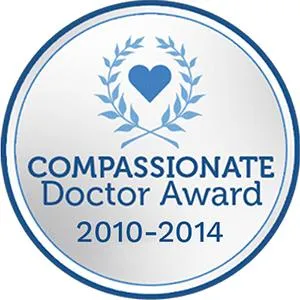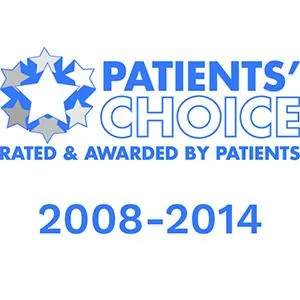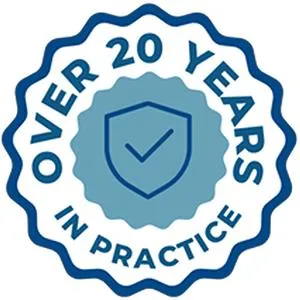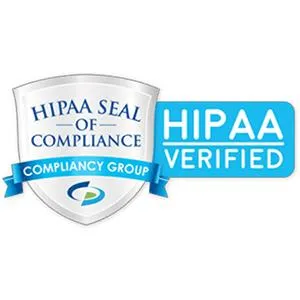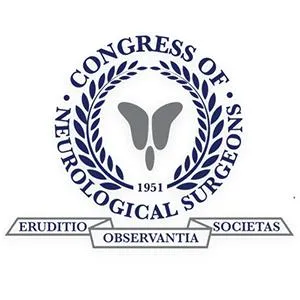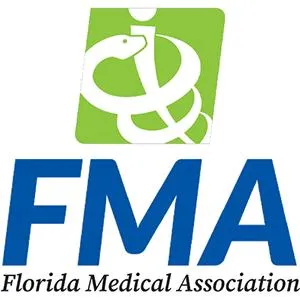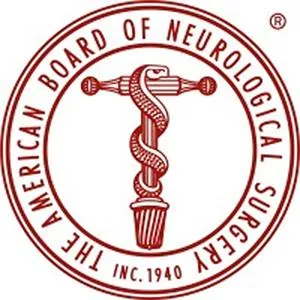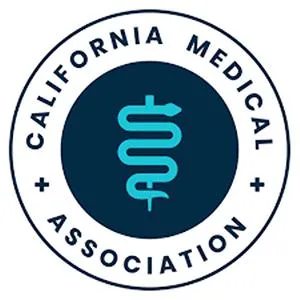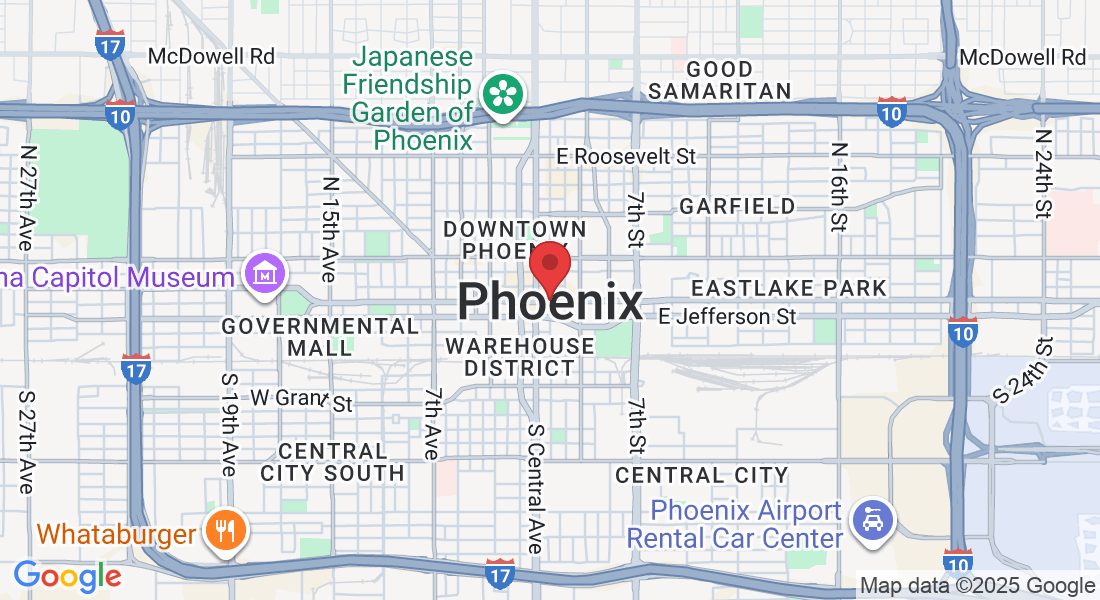Disc Disorders
Disc Extrusion
Severe Disc Herniation Treatment in Phoenix, AZ.
Spinal discs serve as cushions between vertebrae, allowing the spine to flex, bend, and absorb shock. When the tough outer wall of a disc tears and the soft inner core pushes outward, the condition is called a disc herniation. If the disc material escapes through the tear and extends significantly into the spinal canal, it is classified as a disc extrusion. At Desert Spine and Pain, we know this diagnosis can sound frightening. But with expert care, most patients can find relief. Led by Dr. David L. Greenwald, M.D., FAANS, FACS, a nationally recognized neurosurgeon, our Phoenix team specializes in advanced diagnosis and treatment of disc extrusion — with a conservative-first philosophy and minimally invasive surgery when needed.

Over 100 5-Star Reviews!

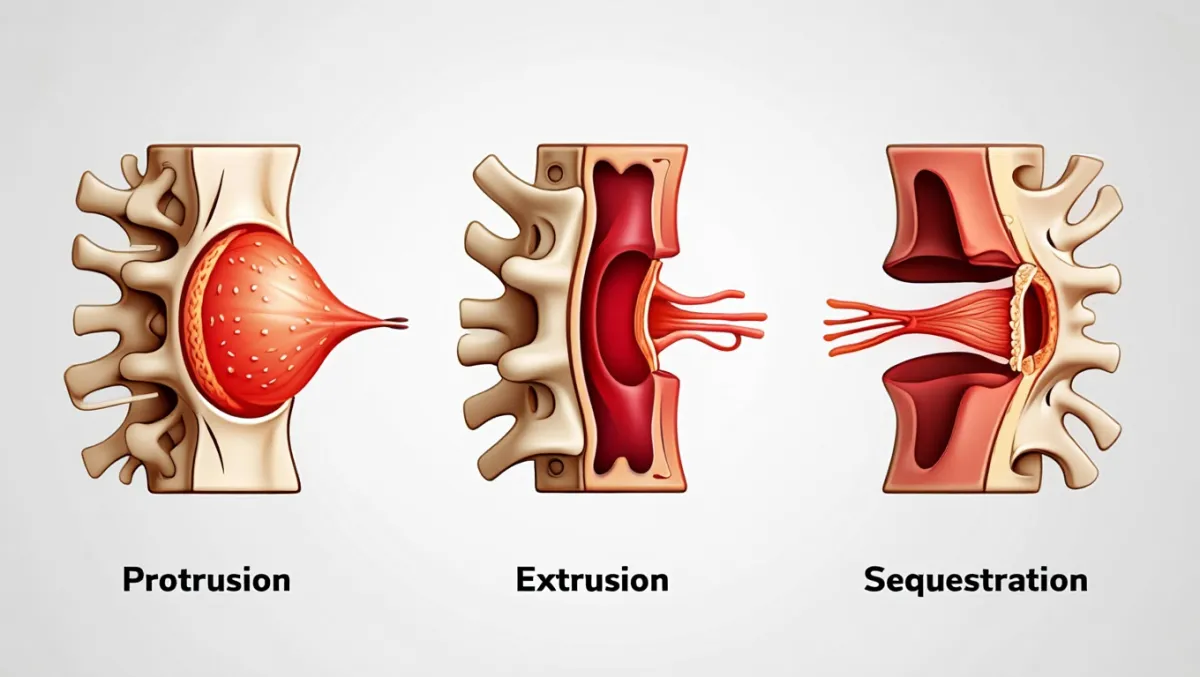
What Is Disc Extrusion?
A disc extrusion is a more severe form of herniated disc:
The annulus fibrosus (outer disc wall) has ruptured.
The nucleus pulposus (soft inner gel) escapes through the tear.
Disc material extends into the spinal canal, often compressing nearby nerves.
In some cases, a fragment separates completely (called a disc sequestration).
Disc extrusions can occur in the cervical (neck), thoracic (mid-back), or lumbar (lower back) spine, but they are most common in the lumbar region.
Causes and Risk Factors
Degenerative Disc Disease – Age-related disc weakening Learn more about DDD
Repetitive stress – Heavy lifting, bending, twisting, or prolonged sitting
Sudden trauma – Falls, car accidents, or sports injuries
Genetics – Family history of disc problems
Smoking – Reduces blood supply and accelerates disc breakdown
Obesity – Adds stress to spinal discs
Symptoms of Disc Extrusion
Symptoms vary depending on the location of the extrusion:
Cervical (neck) – Neck pain, radiating arm pain, tingling, numbness, or weakness
Thoracic (mid-back) – Mid-back pain, chest/rib pain, or neurological changes (less common)
Lumbar (lower back) – Severe low back pain, sciatica, leg pain, numbness, tingling, or weakness
Other common symptoms include:
Pain that worsens with sitting, coughing, or sneezing
Stiffness and reduced mobility
Nerve-related symptoms such as loss of reflexes or muscle control
In severe cases: loss of bladder or bowel control (a medical emergency)
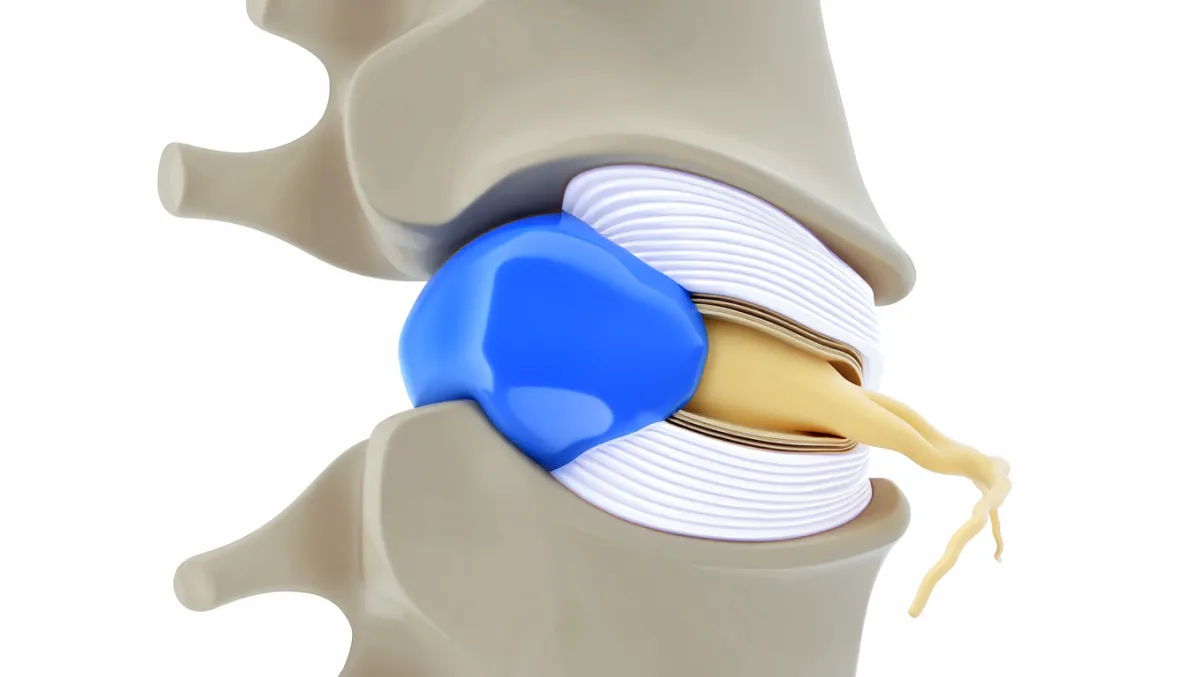
Diagnosis
At Desert Spine and Pain, we use advanced testing to pinpoint the problem:
Physical exam – Checking strength, reflexes, and sensation.
MRI – The gold standard for confirming disc extrusion and nerve compression.
CT scan or X-ray – To assess bone alignment and stability.
Electrodiagnostic studies (EMG/NCV) – Sometimes used to evaluate nerve involvement.
Treatment Options
Conservative Care
Not all disc extrusions require surgery. Many improve with:
Rest and activity modification
Medications (anti-inflammatories, muscle relaxants)
Physical Therapy to restore strength and posture
Lifestyle changes (weight loss, ergonomics, smoking cessation)
Epidural Steroid Injections to reduce inflammation and pain
Surgical Care
If pain is severe or nerve compression causes weakness, surgery may be the best option:
Microdiscectomy – Removes the extruded disc material pressing on nerves (minimally invasive)
Disc Replacement – Preserves motion in the cervical spine
Lumbar Fusion – For severe instability or advanced degeneration
Minimally Invasive Spine Surgery – Smaller incisions, faster recovery
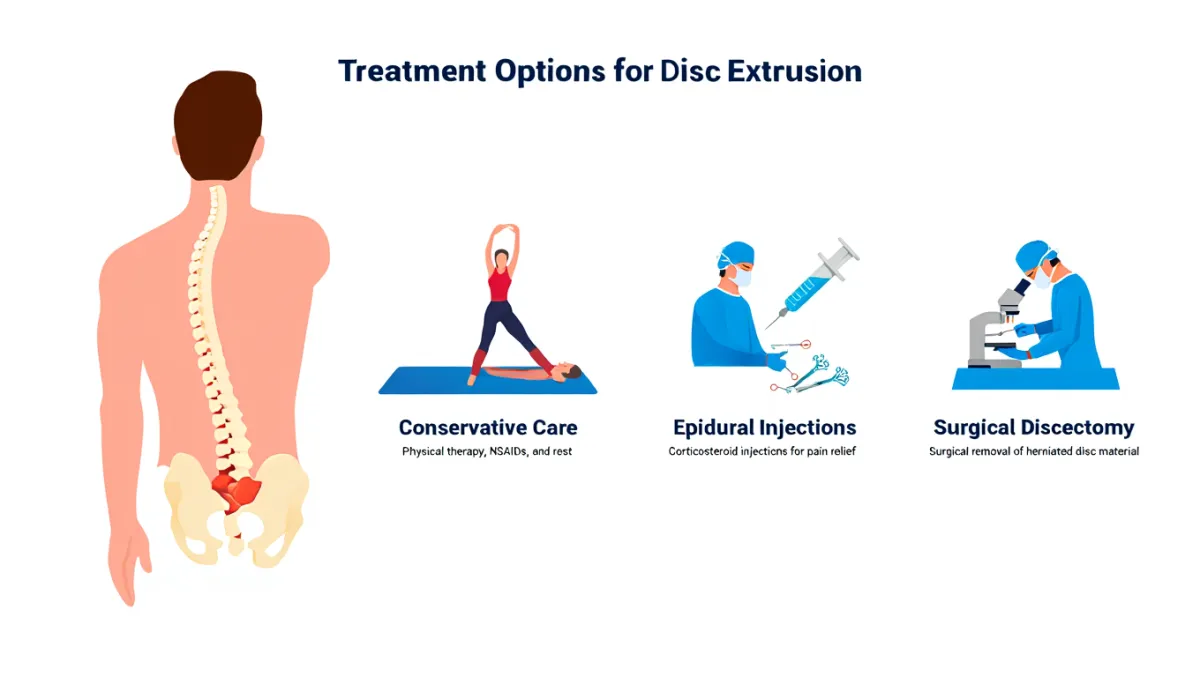
Recovery and Prognosis
Conservative care – Many improve within 6–12 weeks
Injections – Relief may last months, supporting rehab progress
After MIS microdiscectomy – Patients often return to light activity in 2–4 weeks; full recovery in 6–12 weeks
After fusion – Recovery requires several months for bone healing
Why Choose Desert Spine and Pain?
Nationally recognized neurosurgeon – Dr. Greenwald specializes in complex disc disorders and minimally invasive surgery
Comprehensive care – From conservative therapy to advanced surgical options
Patient-first philosophy – We focus on reassurance and education so you feel confident in your care
Proven results – Thousands of patients across Phoenix trust our expertise
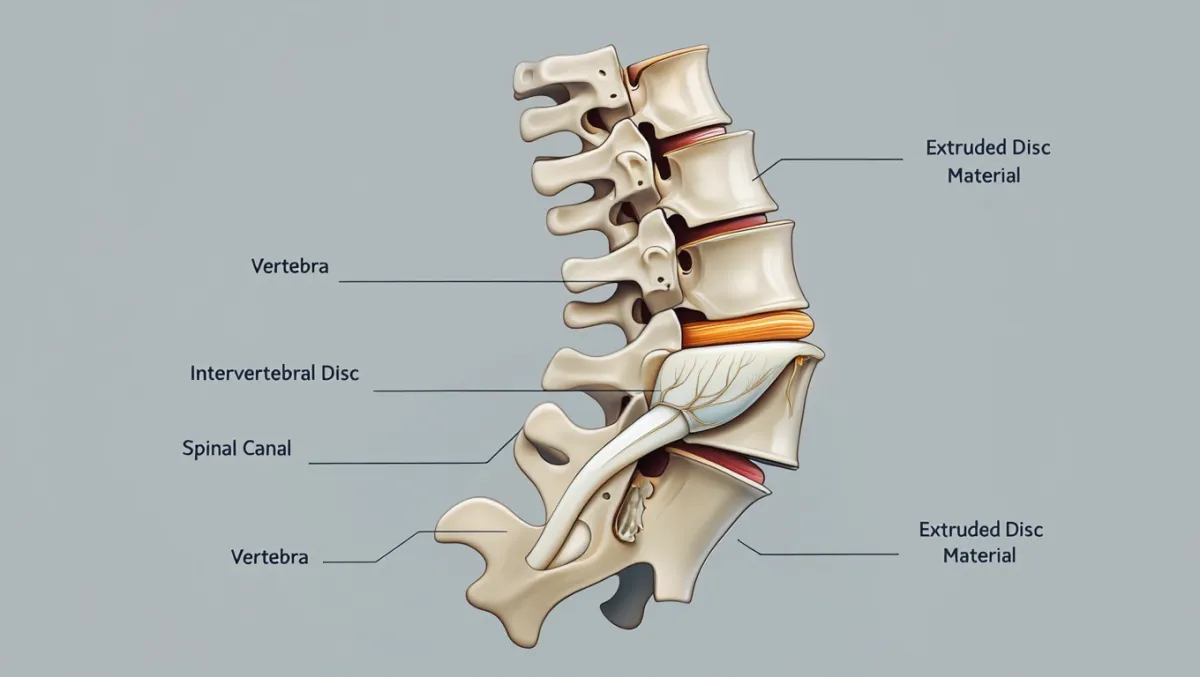
Frequently Asked Questions
How is a disc extrusion different from a herniated disc?
A herniated disc involves some leakage of the inner core, while an extrusion means the material has pushed far beyond the outer wall, sometimes even separating into fragments.
Do all disc extrusions require surgery?
No. Many can be managed with conservative care. Surgery is only necessary if severe pain, weakness, or nerve compression persists.
How long does it take to recover from a disc extrusion?
Recovery depends on severity. Conservative cases may improve in weeks; surgical patients may return to activity within months.
Can a disc extrusion heal on its own?
Some improve with time and non-surgical care, but severe extrusions may not fully resolve without intervention.
How does Desert Spine and Pain treat disc extrusions differently?
We combine conservative-first management with advanced minimally invasive surgery, led by Dr. Greenwald’s expertise.
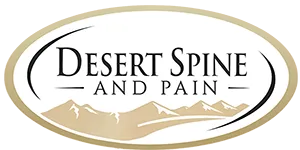

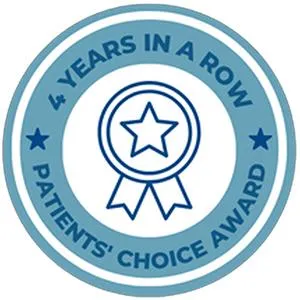
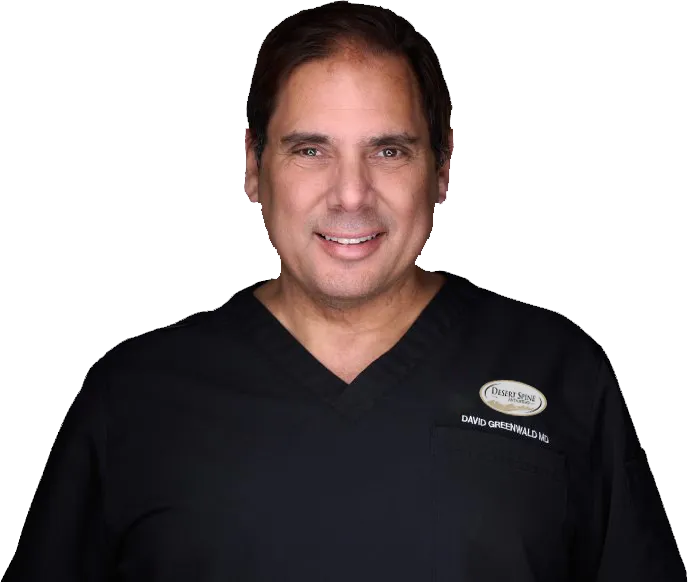
Dr. David L. Greenwald, MD
Neuro-Spine Surgeon
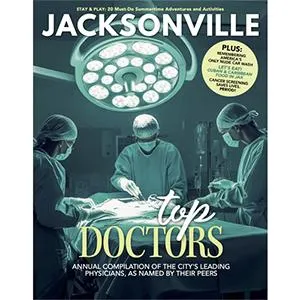
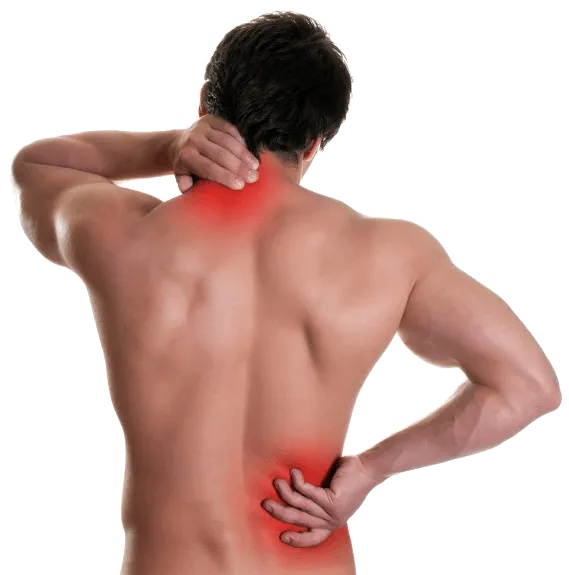
Call Now!
Desert Spine and Pain
A Spine Specialist is standing by.
Relief is just a phone call away!
Available Around the Clock.
Phone: (602) 566-9500
Email: [email protected]
Contact Us
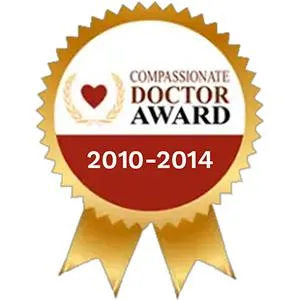
Schedule a Consultation.
If you’ve been diagnosed with a disc extrusion or are experiencing symptoms of nerve compression, early treatment can make all the difference. Dr. Greenwald and his caring team are here to provide expert guidance, advanced treatment options, and compassionate care throughout your recovery. Every step you take toward addressing your pain brings you closer to a stronger, more active life. Schedule your consultation today and let us help you start your journey toward relief and healing.
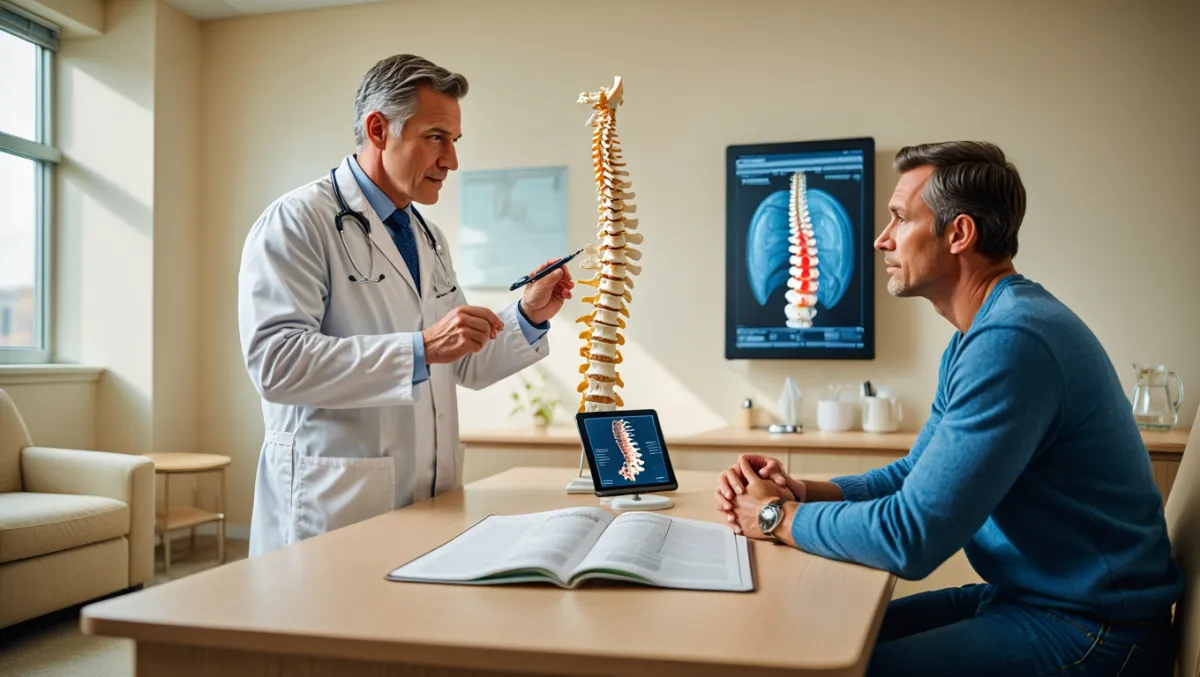
Voted Best Spine Doctor
Over 30 Years Experience in Orthopedic & Neuro Spine Surgeries.

Dr. David L. Greenwald, M.D., F.A.C.S.
Neurosurgeon | Spine Surgeon | Regenerative Medicine
Dr. David L. Greenwald, MD, FACS, is a board-certified spine surgeon with specialized expertise in treating disc extrusion, a more advanced form of disc herniation where the inner disc material breaks through the outer layer and compresses nearby nerves or the spinal cord. This condition can cause sharp, radiating pain, weakness, or numbness in the arms or legs. Dr. Greenwald combines precise diagnostic imaging with advanced, minimally invasive surgical techniques to relieve nerve pressure, reduce pain, and restore function. His patient-first approach ensures that every individual receives personalized care—starting with conservative options and progressing to surgery only when necessary—to achieve lasting relief and improved spinal health.
Book your Spine Care Consultation Today!


Desert Spine and Pain
Patient Centered & Partner Focused
Quick Links
Resources
Connect With Us
© Desert Spine and Pain. 2025. All Rights Reserved. Sitemap

